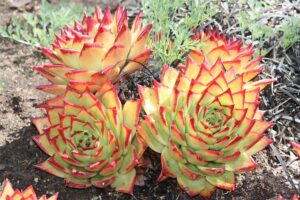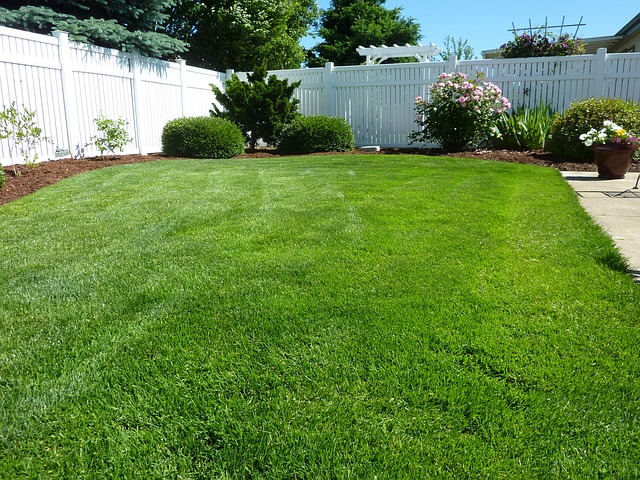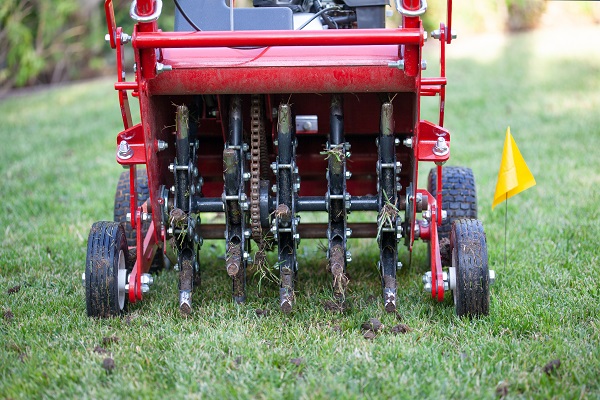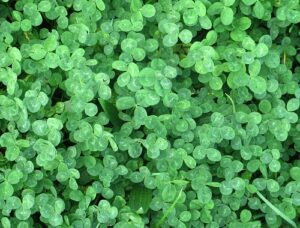Top 5 Front Yard Landscaping Ideas for Tucson Sod Lawns
Wednesday, June 12th, 2024Looking for some front yard landscaping ideas for your Tucson sod lawn? We have tons of desert landscaping ideas for your home. Check out these ideas that can help turn your front lawn from blah to beautiful!
Create a paved pathway to your front door.
Use stones or concrete to create a flat, paved pathway to your front door. It’s best to plan out the shape of the pathway before laying down any materials. Also, try to give your pathway a unique shape with curves and angles rather than just laying a straight line to your door.

Cut down on the amount of sod in your front yard by adding gravel areas with desert plants.
Lawns are more aesthetically pleasing when there are different dimensions throughout. So rather than just have one giant lawn of Tucson sod, why not break up the landscape by adding some gravel areas decorated with desert plants and shrubs?

Add big boulders to give your yard some depth.
Boulders are a great way to spruce up your yard and give it some depth. Try adding some along the border of the pathway to your door as well as next to your desert plants and shrubs on the gravel. Do not place boulders on top of your sod lawn however as this will cause the sod underneath to stop growing and die.

Add lights to your yard for the evening.
There are many different lighting options when it comes to lighting up your front yard in the evening. You could use rope lighting to line the pathway to your door or small ground lights than stick into the soil. You can also buy small spotlights to illuminate different plants around the front yard. Just make sure you take into considering the placement of the sprinklers as well as your watering schedule. You’ll want to check that the water system does not damage your outdoor lighting in any way.

Create a border between the different areas of your lawn.
Use small rocks, potted plants and flowers, or black plastic edging to create decorative borders between the Tucson sod and gravel portions of your front lawn. This helps give your yard balance and protects your sod from excessive wear and tear.

Have any specific questions about your lawn? We’re here to help! Call one of our Tucson sod specialists today at 602-626-9959 or visit www.EvergreenTurf.com.





